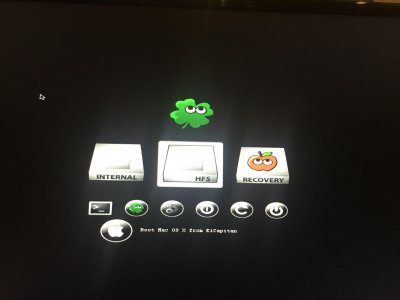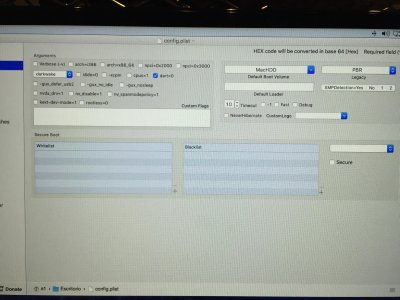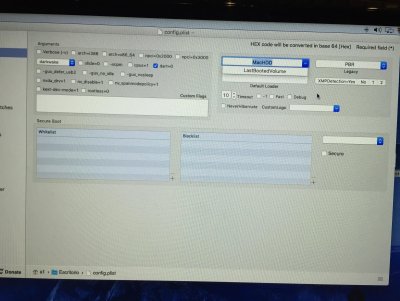FYI, "STEP 4: Install OS X El Capitan", point (6.), "for a new installation of OS X, you MUST erase and format the destination drive according to the following steps (...)" is probably a bit too suggestive.
As of Unibeast 6.0.0 and El Capitan GM, the OS X Installer has only two requirements: a disk partitioned with the GUID Partition Table (GPT) scheme (as opposed to the "old" Master Boot Record (MBR) scheme) and availability of an "EFI System Partition" (in addition to an OS X destination partition). An MBR disk can be converted to GPT non-destructively using numerous tools (it does NOT have to be re-partitioned from scratch specifically with the OS X Disk Utility to be properly recognized by the OS X Installer). An "EFI System Partition" can be created under Windows - Disk Management, with the size of at least 250MB (some sources suggest 200MB), formatted as FAT32 and designated as a special-purpose partition with Windows diskpart command "set id=C12A7328-F81F-11D2-BA4B-00A0C93EC93B". It does NOT have to be the very first partition on its disk, either (you can cut it out from any free space before an OS X destination partition). As a side note: the lack of an "EFI System Partition" is the cause of the famous "mediakit reports not enough space on device for requested operation" error reported by the OS X Disk Utility. Finally, an OS X destination partition can also be created under Windows - Disk Management (no Linux GParted needed) and identified as a HFS+ partition "placeholder" with Windows diskpart command "set id=48465300-0000-11AA-AA11-00306543ECAC" (for more information about partition identifiers, see
https://en.wikipedia.org/wiki/GUID_Partition_Table). No pre-formatting to HFS+ with third-party tools is required: if an "EFI System Partition" is finally present, the OS X Disk Utility can be used from within the OS X Installer to simply re-Erase the "placeholder" OS X destination partition into a fully formatted Mac OS Extended (Journaled). Surprisingly, the OS X Installer also automatically shrinks the chosen OS X destination partition by about 620MB to be able to create yet another partition, for recovery purposes. All preceding or following non-OS X partitions, including Windows Storage Spaces Protective Partitions, remain untouched.
Note that the story possibly gets more complicated if a disk to be converted from MBR to GPT contains a bootable Windows installation or if a GPT disk already contains an "EFI System Partition" that needs to be expanded to at least 250MB.
Hope this helps somebody,
Gary



